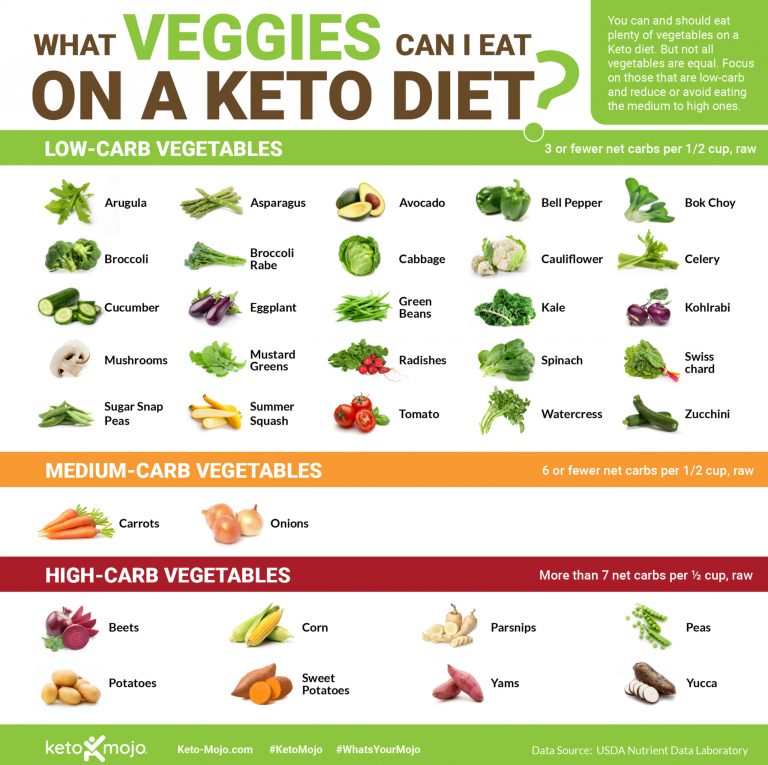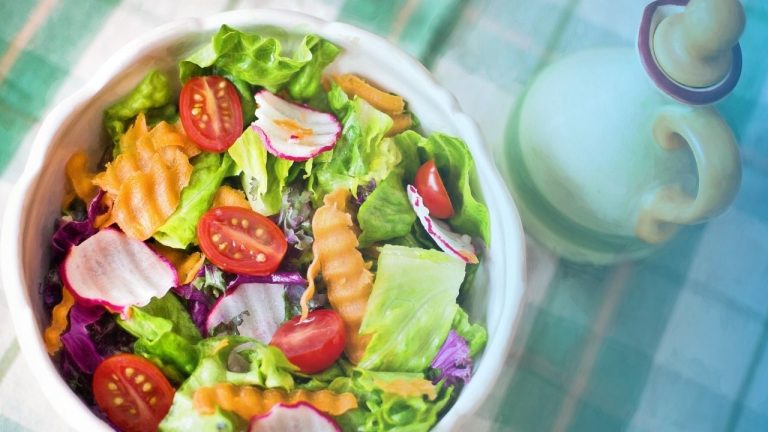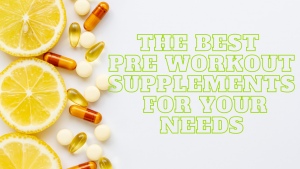If you’re following a ketogenic diet, you know that vegetables are a big part of it. But not all vegetables are created equal – some are better for you than others. In this blog post, we’ll discuss the best and worst options for keto-friendly vegetables. We’ll also give you a few tips on incorporating them into your diet. So whether you’re just starting on keto or doing it for a while, this blog post is for you!
What vegetables can you eat on keto?
Starting with a keto diet, the best vegetables to eat are leafy greens, cruciferous vegetables, and low-carbohydrate fruits and vegetables. These include spinach, kale, broccoli, cauliflower, Brussels sprouts, avocado, tomatoes, and berries. As you become more accustomed to the diet, you can add in other vegetables, such as zucchini, summer squash, onion, garlic, and mushrooms.

If you’ve been doing keto for a while, you may find that you can tolerate more starchy vegetables and higher-carbohydrate fruits and vegetables. These include sweet potatoes, carrots, peas, corn, bananas, and apples. You can also add higher-fat vegetables, such as olives, nuts, and seeds. Just be sure to keep an eye on your carb intake to don’t go over your daily limit.
What are the best and worst options for keto-friendly vegetables?
If you’re following a keto diet, you’ll want to make sure you’re eating plenty of vegetables. They’re packed full of nutrients and fiber, essential for good health. However, not all vegetables are created equal for the keto diet. Some vegetables are very high in carbs, while others are relatively low. When choosing vegetables for the keto diet, it’s essential to know which ones to include in your meals and which ones to avoid.
Some of the best keto-friendly vegetables include leafy greens such as spinach and kale, cruciferous vegetables such as broccoli and cauliflower, and mushrooms. These vegetables are all low in carbs and high in fiber, making them ideal for the keto diet. On the other hand, some of the worst vegetables for the keto diet include starchy vegetables such as sweet potatoes and carrots, high-carb fruits such as bananas and apples, and legumes such as peas and beans. These foods are all relatively high in carbs, making it difficult to stay in ketosis.
If you’re not sure which vegetables to eat on the keto diet, check with your doctor or a registered dietitian. They can help you create a healthy and balanced meal plan that fits your individual needs.

When it comes to choosing vegetables for the keto diet, some are better than others. Leafy greens, cruciferous vegetables, mushrooms, and low-carb fruits and vegetables are all great options. However, starchy vegetables, high-carb fruits, and legumes can be more challenging to include in your diet. Be sure to talk to your doctor or a registered dietitian before starting the keto diet to ensure you contain the right foods in your meal plan.
Tips on incorporating them into your diet
When it comes to incorporating vegetables into your diet, there are a few things to consider. First, make sure that you’re getting enough fiber. You can do this by eating various vegetables, including both leafy greens and starchy vegetables. Second, don’t be afraid to get creative with your recipes. There are many ways to cook vegetables to be both delicious and nutritious. Finally, make sure you’re staying hydrated by drinking plenty of water throughout the day.
What to do if you’re starting with a ketogenic diet?

The ketogenic diet has been gaining a lot of popularity lately to lose weight and improve overall health. If you’re thinking of going keto, you should know a few things before getting started. First, the keto diet is a high-fat, low-carb diet that can help your body burn fat for energy. You’ll need to be eating primarily healthy fats, like avocados, eggs, and nuts, and limiting your carb intake to less than 50 grams per day. Second, it’s essential to ensure you’re getting enough protein on the keto diet since your body will be using protein for energy. Aim for around 100 grams of protein per day from chicken, fish, and tofu sources. Finally, you’ll need to drink plenty of water and get enough electrolytes since you may experience some side effects like the “keto flu” when first starting.
What to do if you’ve been doing the keto diet for a while?
The keto diet can be a great way to jumpstart your weight loss journey, but it’s not always easy to maintain. If you’ve been doing the keto diet for a while and are starting to feel burnt out, there are a few things you can do to get back on track. First, make sure you’re getting enough sleep. Lack of sleep can make it harder to stick to your diet and even lead to weight gain. Second, try adding some variety to your diet. If you’re getting bored with your usual meals, try new recipes or add some different vegetables to your meals. Finally, make sure you’re staying hydrated. Drinking plenty of water will help you stay fuller longer and may even help boost your metabolism.

If you’re thinking of starting the keto diet or have been doing it for a while and are looking for ways to mix things up, talk to your doctor or a registered dietitian. They can help you create a healthy and balanced meal plan that fits your individual needs. And with their help, you can stick to the keto diet and reach your goals.
Frequently Asked Questions
What should I do if I’m starting with a ketogenic diet?
If you’re starting with a ketogenic diet, it’s essential to talk to your doctor or a registered dietitian. They can help you create a healthy and balanced meal plan that fits your individual needs.
What should I do if I’ve been doing the keto diet for a while?
If you’ve been doing the keto diet for a while and are starting to feel burnt out, there are a few things you can do to get back on track. First, make sure you’re getting enough sleep. Second, try adding some variety to your diet. If you’re getting bored with your usual meals, try new recipes or add some different vegetables to your meals. Finally, make sure you’re staying hydrated. Drinking plenty of water will help you stay fuller longer and may even help boost your metabolism.
What are some tips for sticking to the keto diet?
Some tips for sticking to the keto diet include getting enough sleep, adding variety to your diet, and staying hydrated. Additionally, make sure you’re getting enough protein and healthy fats and limiting your carb intake to less than 50 grams per day. And finally, talk to your doctor or a registered dietitian before getting started to ensure that the keto diet is proper.
What are some common side effects of the keto diet?
Some common side effects of the keto diet include the “keto flu,” fatigue, headaches, and bad breath. Additionally, you may experience constipation or diarrhea. To help alleviate these side effects, drink plenty of water and get enough electrolytes. You can also try adding some extra salt to your meals. If you’re still experiencing side effects after a few weeks, talk to your doctor.
What are some foods to avoid on the keto diet?
Some foods to avoid on the keto diet include high-carbohydrate foods like grains, fruits, and starchy vegetables. Additionally, you’ll want to limit your processed meats and sugary drinks intake. And finally, be sure to avoid any foods that contain unhealthy fats, such as trans fats and saturated fats.
What are some excellent keto-friendly snacks?
Good keto-friendly snacks include hard-boiled eggs, celery with peanut butter, cucumber slices with cream cheese, and pork rinds. Additionally, you can try making your snacks at home using low-carb ingredients. And finally, be sure to check the nutrition labels on any store-bought snacks to make sure they fit into your keto diet.



